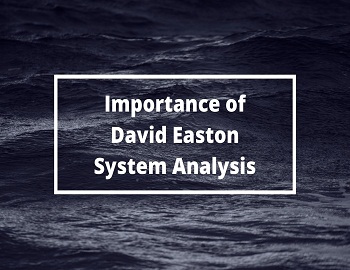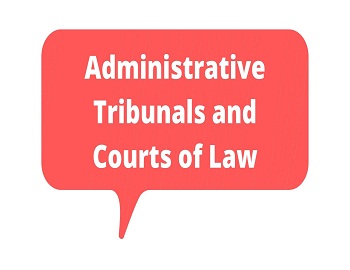Problems of Public Corporations:
The necessities and complexities of the age of industrialization and technology gave birth to Public Corporations. With the passage of time, the number of public corporations started rapidly increasing. Public Corporations came to be considered highly useful agencies when a government wanted to do business. Their salient characteristics enable them to play a role in affecting the business work of the government. They have freedom in financial, personnel, and operational spheres. They have business flexibility and efficiency. They are free from direct political control and interference, which enables them to act out their designed roles in running business and commercial activities on behalf of the government.
However, at the same time, Public Corporations face several problems in carrying out their functions. Most of these often fail to deliver the goods and become economically non-viable and non-self-supporting. Most of the Indian public sector corporations have been running in losses.
The following problems usually afflict Public Corporations:
(1) Government Interference in the day-to-day matters of Corporations- A Public Corporation is an autonomous body created by an Act of the legislature. It enjoys freedom in financial and administrative matters. It draws its own plans and programmes. But in actual practice, it is not possible for it to draw a clear-cut line between general policy and day-to-day working due to governmental interference.
Analyzing the problems faced by Public Corporations, A. H. Hobson observes that, as any administrator knows, the process of policy formulation takes place at a number of different levels…It becomes almost impossible to say where the ‘general’ ends and the day-to-day begins. General principles of policy, moreover, are not specifically formulated at the highest level but may quite often arise from the host of small decisions of the day-to-day orders which collectively constitute something of genuine public importance. As a result, there is too much governmental interference in the day-to-day matters of corporations. This leads to conflicts between the government and the public corporations.
In 1951, commenting upon the working of the Damodar Valley Corporation (DVC), Mr. A. D. Gorwala observed…..”The Corporation has had to use a great deal of its energies in attempting to maintain its autonomy and sections of the government attempting to reduce the Corporation to a position of department subordinate to the secretariat.”
On the other hand, the Estimate Committee of the House of the People in 1955 remarked, “The autonomous character of the DVC has been taken to extreme limits. The DVC has developed a strange conception of its autonomy and has tried to bypass the authority. The government, in turn, has failed to keep it within limits although the necessary power is vested in them under the Act to do so.”
(2) Difficulty in creating a Balance between ‘Control’ and ‘Autonomy’-In the context of Public Corporations, the major problem is: how to create a balance between control and autonomy? If too much freedom is given to Corporations, they can go out of control. If there is too much control they cannot function effectively. Western countries like Briain, France, and the United States of America themselves are by no means certain that the balance that they have established between ‘autonomy’ and ‘control’ is the best possible one. It still remains a big and taxing problem.
(3) Public Corporations cannot handle all types of work- Public Corporations are not useful for traditional governmental functions like defense, law and order, and justice. For these, only departments are useful.
Expressing the shortcomings of Public Corporations, C. Herman Pritchett in his article “The Paradox of Government Corporations” observes: “The Government Corporations have been disappearing before our eyes… there may be nothing but a smile to mark the spot where the Government Corporations once stood.” In India, the disinvestment of the public sector is now a government policy. Most of the Indian public corporations have failed to become economically viable and profitable. They have not been successful in rendering the desired service to the public at large. The renewed faith in privatization, liberalization, and the open market system tends to disfavor the creation of new public corporations.
Conclusion- Public Corporations were institutional inventions of the 20th century. The necessities of the industrial world gave birth to them. However, by the last decade of the 20th century, most of the states came to experience that most of the Public Corporations had failed to be fully and really productive of the desired results. Consequently, there emerged a near-universal trend toward the privatization of public corporations. The 21st century has been now witnessing disinvestment and privatization drives in several, almost all of the Third World countries.









Comments (No)